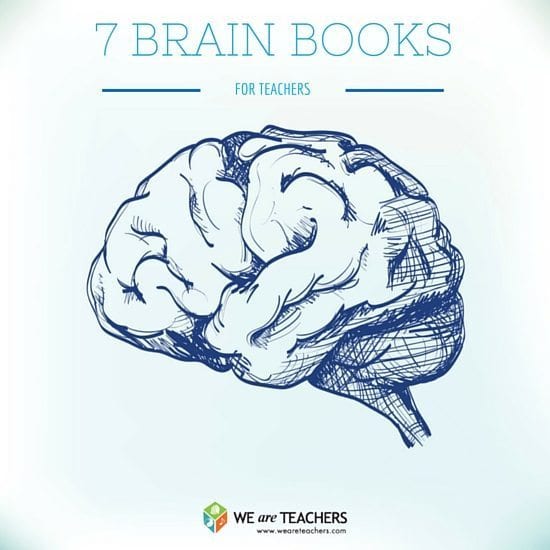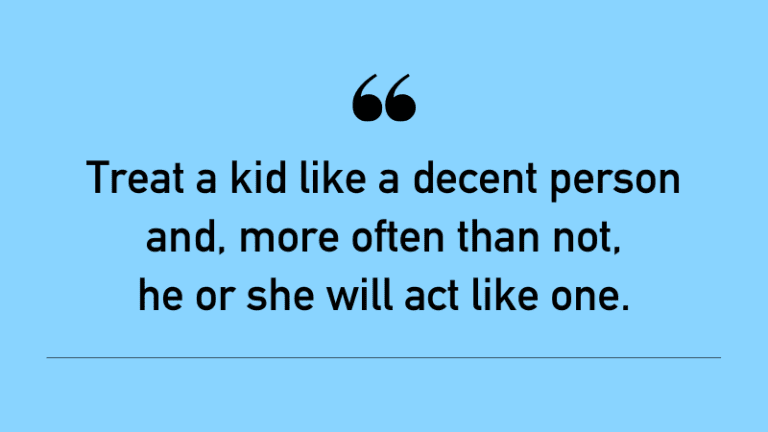Let’s take a moment and pay silent, spirited homage to the greatest thing we own: the human brain. For a grey gelatin-like mush weighing only three pounds, our brain ensures education exists (and human life for that matter). Unfortunately, understanding this living lump of lipids isn’t easy, especially for teachers who often feel locked out of the “Ol’ Boy Scientists Club” of brain research.
Thankfully, there are writers, scientists, and educators who are bridging the gap between research and application, making neuroscience more understandable than ever. For those looking to take your brain game to the next level, here’s a short list of school year book studies (new and old) to make your synapses smile.
1. Brain Rules by John Medina
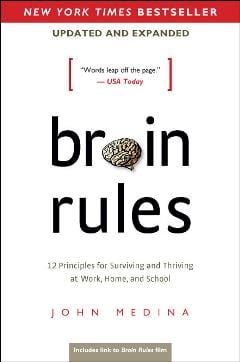
As teachers, our lives are consumed by both reinforcing and teaching rules, from classroom management to critical content. So, of course, John Medina’s “12 Principles for Surviving and Thriving” is great for those of us who want to break down the brain into core concepts.
Medina introduces 12 general brain rules starting with Exercise (“Exercise boosts brain power”) and ending with Exploration (“We are powerful and natural explorers”). Along the way, he talks Wiring, Attention, Short and Long-term Memory as well as a host of other general rules for how the brain functions.
Brain Rules is an easy read: You won’t get bogged down with complex technical details. And, Medina includes practical applications of each concept. It’s a great read for any teacher who teaches students with brains (even when you think they don’t have them). And, best of all, the concepts can even be taught to students directly.
2. The Teenage Brain by Frances Jensen and Amy Nutt
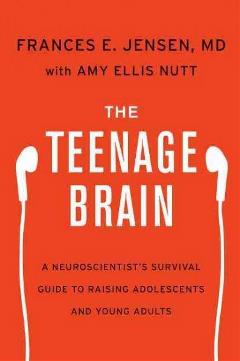
If you teach or cohabitate with teenagers, read this book. Out of all the books on this list, The Teenage Brain is by far the most informative look at the many factors that make adolescent cognition different from children and adults. Frances Jensen (an Ivy League neurologist) and Amy Nutt (a Pulitzer winning science journalist) do a remarkable job showing the dense complexity of teenage brains without overwhelming a novice neuro-junkie.
Even if you don’t work with teenagers, the first few chapters of The Teenage Brain are among the best I’ve read in explaining the neurology of learning at all ages. You’ll walk away better understanding why repetition is not only good but necessary for learning (y’know, to increase long-term potentiation through myelination). The authors also complete every chapter with practical applications for parents and educators, something not all brain books do well.
The greatest takeaway of The Teenage Brain is dispelling the idea that teens are just “raging hormones.” So many factors—beyond just hormones—affect teenage minds. Covering topics such as stress, substances, and risk-taking, this book provides deeper respect, patience, and willingness to teach teenage minds.
3. The Compass of Pleasure by David J. Linden
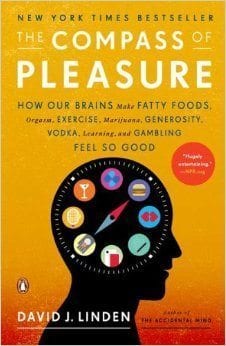
Dopamine. If you are in the learning biz, you need to know about dopamine. This complex neurochemical (which can function as both a hormone and neurotransmitter) is what drives our behavior —from our eating habits, to our learning motivations, to our addictions.
David Linden’s breakdown of good ol’ dope is great for those who like to get technical. The opening chapter provides great explanations of the neurochemical mechanisms, as well as interesting (if not twisted) experiments that shaped out understanding of dopamine.
Educators will have to make some of their own connections for relevance; The Compass Pleasure won’t give ideas for direct application for teachers. But, if human motivation and neurochemistry are on your learning queue, this read can help you advance your (healthy, productive) “dope” dealing to student learners.
4. The Brain That Changes Itself by Norman Doidge
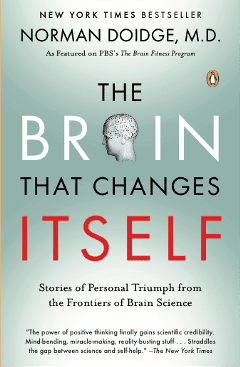
Neuroplasticity. Another term which you can’t (nor should) avoid in education today. The fact that the human brain is in constant adjustment still blows my mind. Many of us know the “what” of neuroplasticity. But, if you want to understand the “how” as well as the “why it matters,” The Brain That Changes Itself is your go-to read.
Norman Doidge goes beyond explaining the mechanisms; each chapter covers incredible stories of neuroplasticity in action, including sexual attractions, phantom pains, and stroke recoveries. Similar to The Compass of Pleasure this book is more a look into the world of science than a “how-to” guide for teachers. If, however, the advancing world of neuroscience interests you, you’ll be engaged the whole way through The Brain That Changes Itself.
After reading this, you may look at every student differently, seeing the potential for growth inside every brain within your room. You may also find yourself getting a “Neurons the fire together, wire together” tattoo.
5. Teaching With the Brain in Mind by Eric Jensen
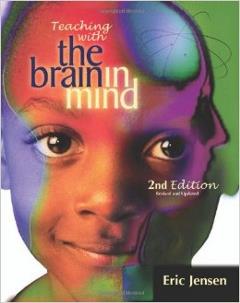
Whenever I travel to work with other schools, neuroscience is on the discussion table. And, whenever neuroscience comes to the table, Eric Jensen’s name seems to be served. What many teachers love about Eric Jensen is his mission to link neuroscience with teachers directly. Jensen pools through research, critically parring down the most valid and applicable studies for teachers (his Introduction even addresses common criticisms of neuro-education studies).
Although it was updated a decade ago, I still recommend this book at any teacher looking for the “so what” of brain research. Chapters cover topics like, “Rules We Learn By,” “Movement and Learning,” “Critical Thinking Skills,” and “Managing the Social Brain.” Consider it the text book you wish you would have read in your undergrad practicum courses.
6. Moonwalking with Einstein by Joshua Foer
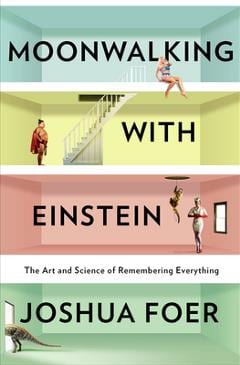
Even though Moonwalking with Einstein is more about cognitive psychology than strict neuroscience, this read came heavily recommended to me by friends (and I now heavily recommend to you). If you love to read good stories rather than technical analyses, Moonwalking with Einstein is your jam and peanut butter. Joshua Foer describes his experience as a novice who trains for the U.S. Memory Championship.
The major takeaways for educators is a renewed love and appreciation for mnemonic strategies—something we often overlook in our world of “deeper thinking.” You’ll not only learn cool tricks to impress folks at parties, but you’ll also find yourself brainstorming ways to teach your learners how to learn more efficiently.
7. Why Zebras Don’t Get Ulcers by Robert Sapolsky
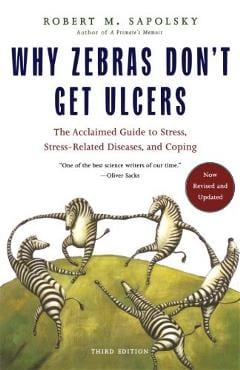
Another slight detour from the strict neuroscience road, Why Zebras Don’t Get Ulcers is more of an exploration into the endocrine system, particularly the effect of stress hormones on human physiology and neurology. Despite it not being a pure “brain book,” I recommend this to any educator who experiences stress—a.k.a. every person in education ever.
Robert Sapolsky has a skill in making boring endocrine systems entertaining and relevant. A disclaimer: This book won’t necessarily make you feel happier about stress. It takes a hard, gritty look at just how much stress, especially chronic stress, wreaks havoc on our lives. But, since we are in the game of understanding, it is worth the read.
There are many takeaways from this for educators as well. Not only will you think about your own thinking (such as how our thought patterns can add to our stress) but you will also consider how to talk stress with your students, helping them develop better habits for controlling their cortisol.
What are you waiting for? Go pick up a good brain book and feed your hungry, hungry hippo(campus).
Oh, and if you have other good reads to share, fire below on the comments section so we can all wire the benefits.
